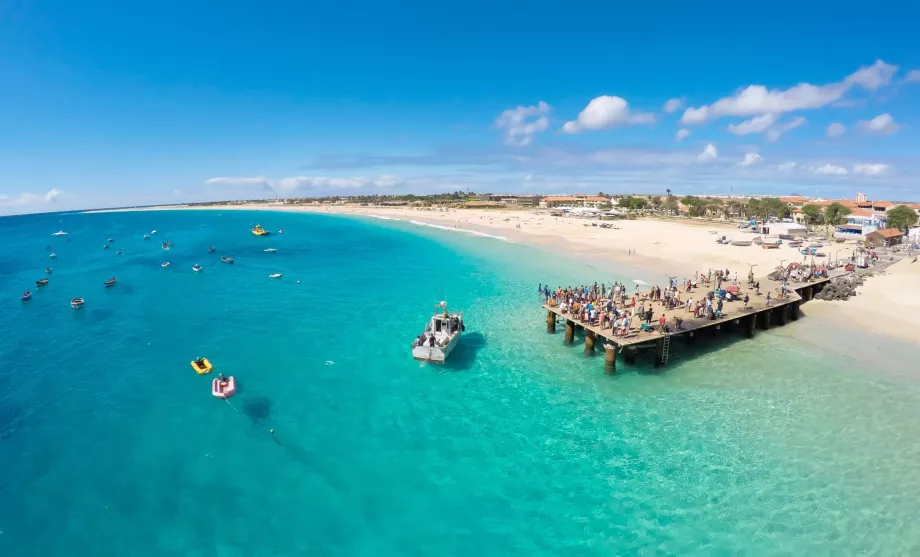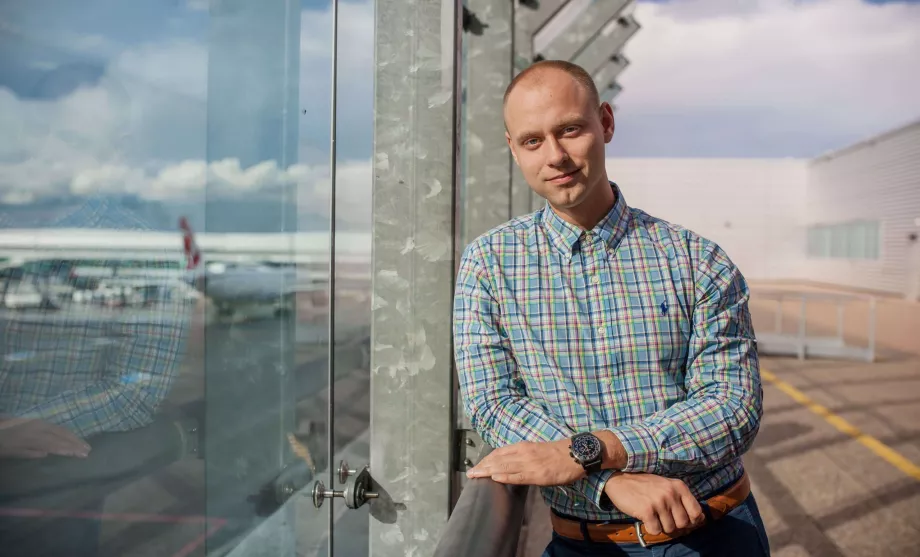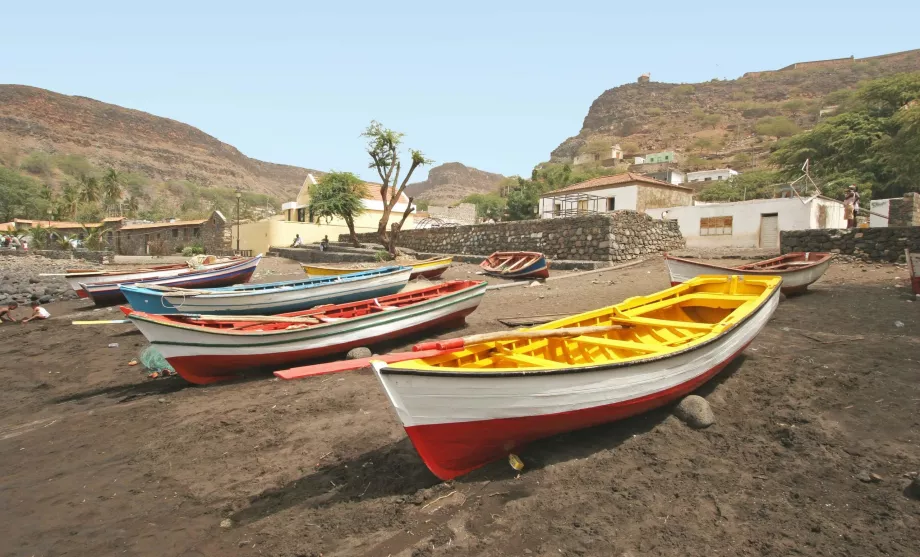Culture and history of Cape Verde

History in a nutshell
Cape Verde was uninhabited until it was settled by the Portuguese in the 15th century. It was first used as a stopover for exploratory expeditions and later as a place to grow sugar cane. During the 16th-18th centuries, they became mainly a transhipment point for slaves heading from Africa to North America. The Portuguese Revolution of 1974 led to the weakening of the existing regime and allowed the colonies to declare their independence. Cape Verde became an independent republic in 1975. Today the main economic sector, apart from agriculture, is tourism.
People
Since only Portuguese people lived in Cape Verde for a long time, this still determines the composition of the population. There are descendants of African slaves and colonisers from Portugal, Italy and the Netherlands. More recently, the islands have seen an increase in the number of refugees from equatorial Africa, particularly from Senegal. They are easily distinguishable from the original inhabitants by their much darker skin colour. The total population of the islands is just 400,000.
- Tours to Cape Verde via Cestujlevne.com
- Tours to Cape Verde via Blue Style
- Tours to Cape Verde via Fischer
The national motto is "no stress" and the life of the locals is also in this spirit.
Holidays
Cape Verde is a Christian country, so the main holidays such as Easter, Christmas and New Year are the same as in Europe. You won't find any other major events that significantly affect the course of the country.
Culture
The culture in Cape Verde is a mixture of European and African ancestry. On the island of Sao Vicente, a pompous carnival is held annually (on Ash Wednesday) and is very similar to the one in Rio de Janeiro. Other events of interest are the Baia das Gatas music festival in August and the international theatre festival held in September.
In terms of art, residents often make statues and jewellery from coconuts. These then become one of the most popular souvenirs. The music is a mixture of Creole and Portuguese accompanied by folkloric instruments.
Language
The official language is Portuguese, although the majority of the population speaks Creole. The country's current leaders are trying to make it the official language. Ordinary people on the tourist islands can usually speak English as well, although they are much more comfortable with Portuguese.
Tourism
Tourism in Cape Verde is still in its infancy. Because of their distance from Europe, they are not as popular as other exotic destinations. Due to its small size and partly due to nature conservation, accommodation is limited and there are basically only a few hotel resorts on the coast. These are often owned by European companies, so the level of service provided remains high.
Due to the constant windy climate, Cape Verde is mainly visited for water sports on the waves of the Atlantic Ocean. Those who don't surf can enjoy the (often completely secluded) sunny weather on the endless fine sand beaches stretching for miles along the coast. Certainly don't expect any amazing sights here.
The best souvenir is a tin of delicious local tuna, a coconut jewel or a souvenir associated with the national animal - the sea turtle.
Geography
Cape Verde consists of 10 large and 5 smaller islands. All were formed by volcanic activity, which still defines their character today. The islands are dry and without much vegetation. The most common surface is desert or dark lava rocks, and you will hardly find a river, forest or lake on the islands.
The time difference with the Czech Republic is -2 hours in winter and -3 hours in summer. The islands are relatively small, no longer than 40 km, and often have only one main road connecting north to south or east to west. Most of the islands have their own airports and are connected by ferries.
The most visited islands are Sal and Boa Vista, where the most beautiful beaches are located and where the most accommodation can be found. These islands are most often flown to as part of organised tours, which is why you'll also find most tourists exploring the arid interior of the island in rented quad bikes or off-road vehicles.
The islands of Santiago, Santo Antão and Sao Vincente offer both sights and green nature. Here lies the most fertile land on the islands and we can observe the overgrown slopes of the volcanoes. However, a visit to each of them will take no more than two days.
Any questions left?
If you have any questions or comments about the article...


